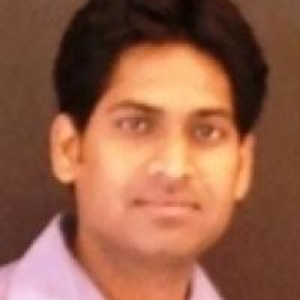Title : A green approach of catalysis: Silicomolybdic acid modified montmorillonite clay for organic synthesis
Abstract:
The present work is based on to replace the hazardous chemicals/ catalyst in the existing processes which is one of the innovative trends in the present time. As green catalysts, heteropolyacid (HPA) has been introduced as a promising candidates for the application as solid acid catalysts. Heteropoly acids can be used to modify clay by several methods such as pillaring to possess qualities such as good thermal stability, high acidity and high oxidising ability. Here, we have used Silicomolybdic Acid (SMA) to modify montmorillonite Clay to use them in reactions such as Deoximation of oximes of aldehydes and ketones, synthesis of acetal derivatives of aldehydes and ketones, synthesis of coumarin derivatives etc. Silicomolybdic Acid (SMA) modified montmorillonite (SMA-Mmt) clay have been synthesized and characterized by various analytical techniques such as XRD, FT-IR, TGA, DTA, DSC and Surface area etc. It was observed that the efficiency of this catalyst was excellent for the synthesis of coumarin derivatives in short time.
Audience take-away:
- One will be able to know the methods to synthesize modified clays.
- Using modified clays as catalysts in organic synthesis.
- Use of green solid acid catalysts and how to reuse it.
- The clay can be modified by various methods by using different modifiers.
- This clay has wide applications as catalysts, adsorbent and for water treatment proces for the removal of metal ions in problem.
- Future research can be done on these modified clays for their efficient use in microwave synthesis and for other organic reactions.



